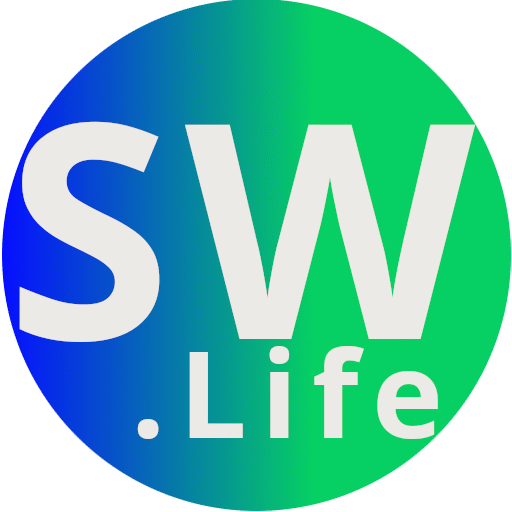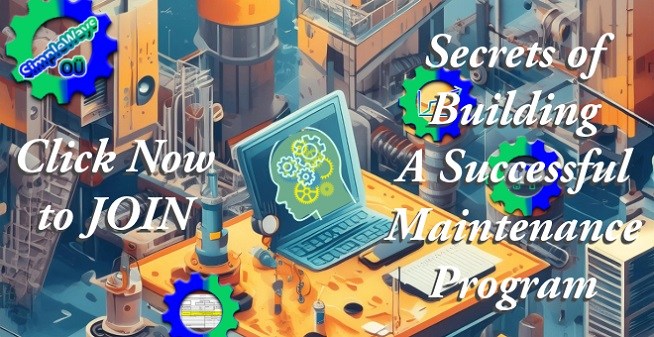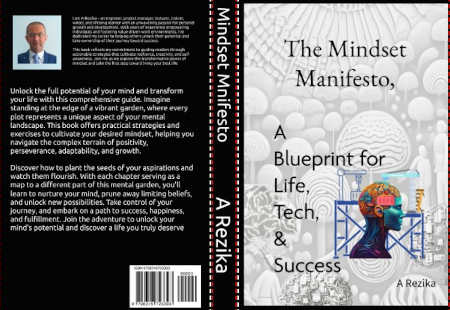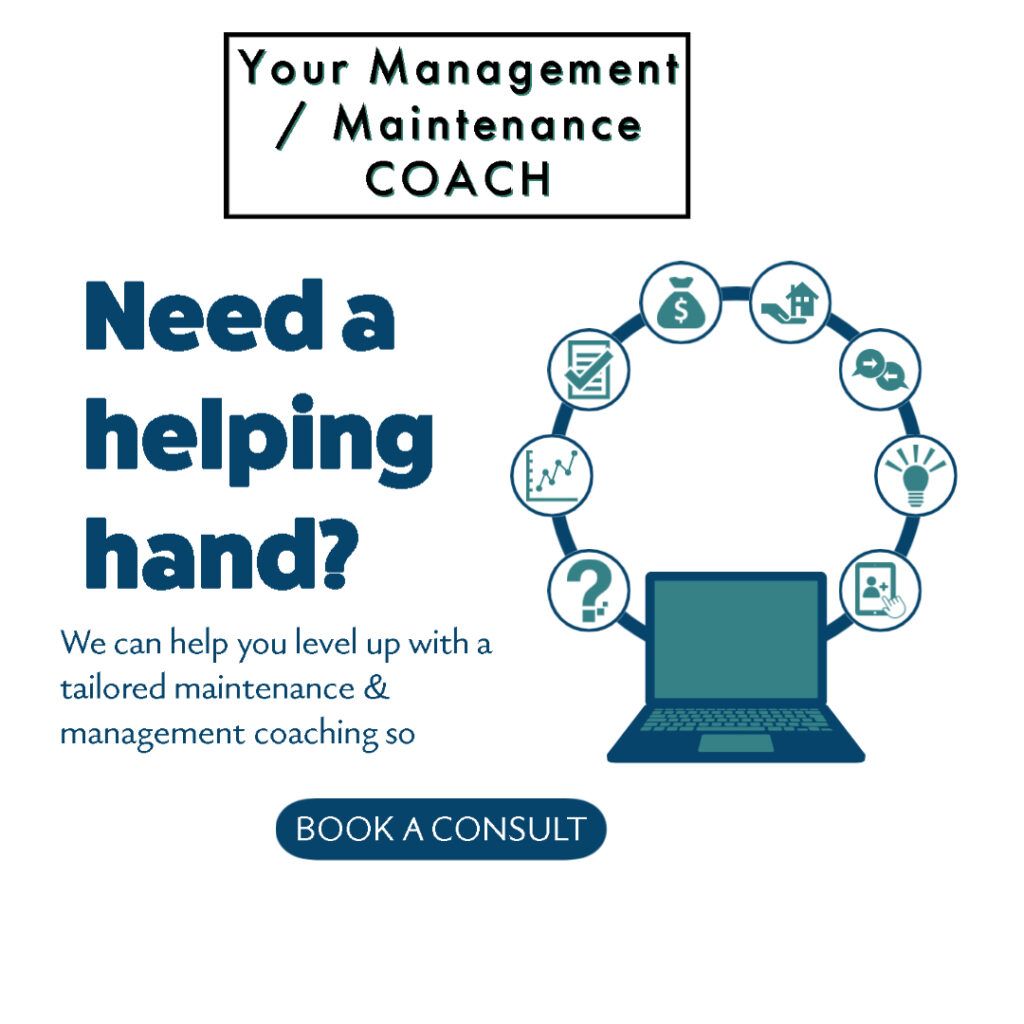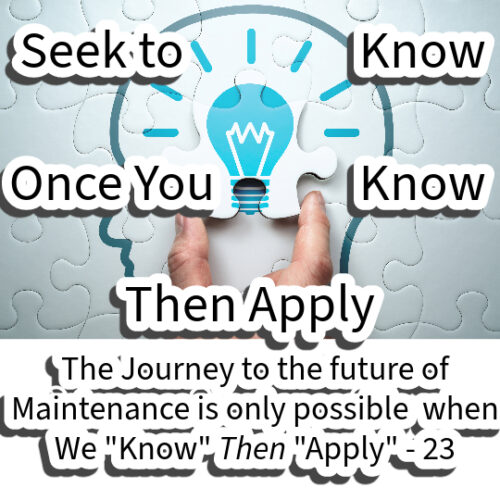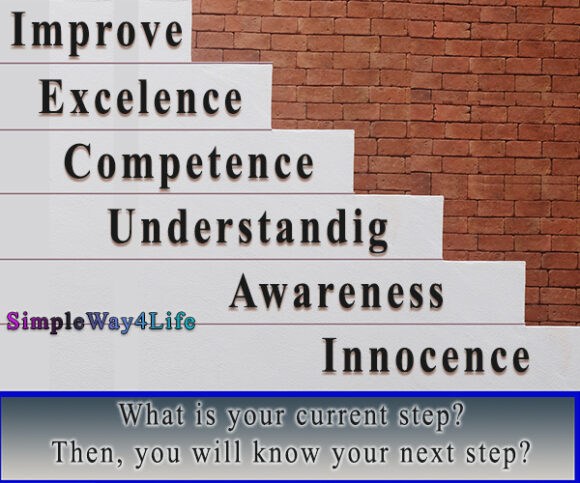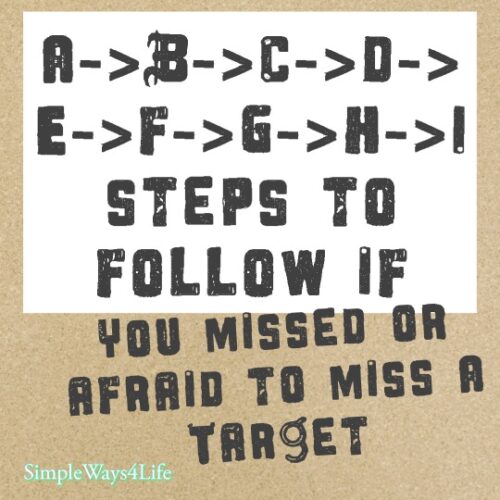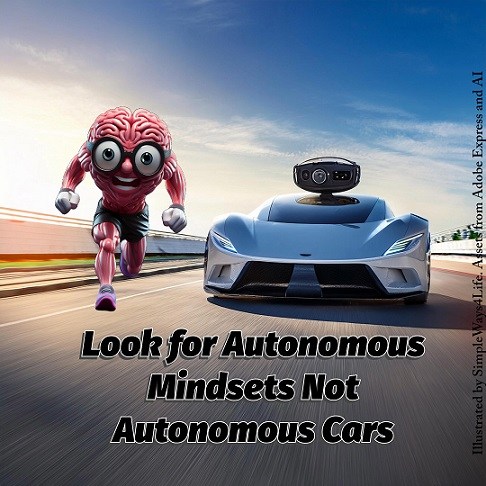In today’s fast-changing work environment, coaching is often viewed as a tool for emotional breakthroughs or personal development. While it certainly serves those roles, its value reaches much further. Coaching is a growth strategy, especially in fields like maintenance where technical precision, teamwork, and digital adaptability are critical.
In this article, we explore how coaching supports maintenance professionals—whether they’re handling machinery, managing operations, or navigating digital tools. Drawing on real examples and lessons from my recent weeks of coaching and building technical tools, we’ll discover why coaching belongs not just in therapy rooms, but in workshops, plants, and maintenance offices.
🧭 Coaching Helps You Anchor Your Career Direction
Many of us in technical roles assume that career growth follows a straight line: study, work, gain experience. But it’s often not that simple—especially in maintenance, where teams are frequently left without mentors, digital exposure, or structured development plans.
In coaching experience, I work with visionaries who believe that there is more in work than just the dull routine and the everyday frustrations. Together we find direction, learn how to prioritize, and begin seeing possibilities where once there were only obstacles. Coaching provides a mirror to examine thought patterns and a compass to move forward.
This is what coaching does: it anchors us. It helps us identify what’s working, what’s holding us back, and what needs to change. In the context of maintenance, this can mean shifting from reactive to proactive strategies—or simply learning how to ask for support.
⚓ The “Rescue Anchor” Isn’t Born—It’s Built
Over the past three weeks, I’ve published a trilogy of articles on the Rescue Anchor Mindset[1]—that stabilizing force every team needs. Sometimes, it’s a person. Sometimes, it’s a process. Often, it’s both.
But how do we become one? Or recognize one? That’s where coaching steps in.
Through consistent guidance and reflection, professionals can grow into that anchor. Together we don’t just build confidence—we build presence, awareness, and decision-making skills. In the maintenance world, this translates to stronger teamwork, fewer crises, and faster recoveries when things go wrong.
And when coaching is done right, the individual doesn’t just survive the pressure. He leads through it.
🧰 Passion Meets the Digital Toolbox
Let’s be clear: coaching is not a substitute for technical training. But without coaching, technical skills don’t evolve.
In the last few weeks, I developed a small but purposeful app to record vibration and temperature data for selected equipment. It’s a demonstration of how simple tools can reflect the core of complex enterprise systems. It’s available here:
🔗 SimpleWays Asset Maintenance App
This app isn’t just about collecting numbers. It’s about showing quickly maintenance professionals what happens behind the scenes
Coaching opens the door to understanding these systems, not just operating them blindly. It encourages curiosity, problem-solving, and the confidence to explore or even create digital tools. Coaching builds the bridge between technical knowledge and digital fluency.
💡 Self-Learning and Internal Growth
In previous articles, I explored how our self-narrative[—the story we tell ourselves—shapes what we believe we can [2] do. Coaching challenges that narrative.
In maintenance, many professionals believe that “It is not their business” or “It is not for them”or “digital transformation is for the few only”. Coaching shifts that mindset. It asks:
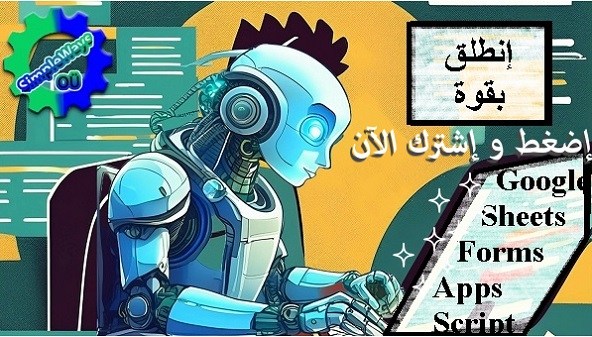
CUSTOMPRICE-TO2JAN26
What’s stopping you from learning something new?
Often, the biggest barrier to learning something new isn’t a lack of resources or opportunities, but rather the mental blocks we place on ourselves. Fear of failure, self-doubt, or the belief that we are “too old” or “not smart enough” can hold us back from exploring new skills or knowledge. Sometimes, it’s simply a matter of comfort—sticking to what we know feels safer than stepping into the unknown. But growth happens outside of our comfort zones. Recognizing what’s stopping you is the first step to breaking through those barriers and opening yourself up to exciting possibilities.
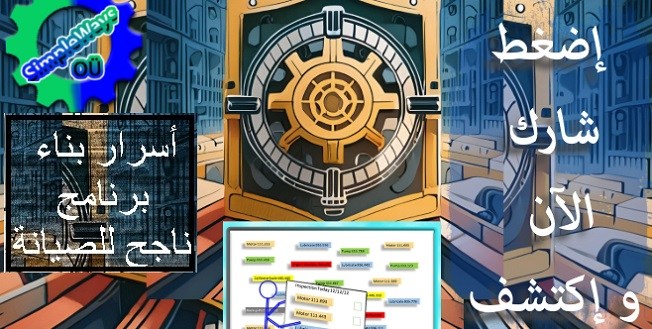
CUSTOMPRICE-TO2JAN26
Who told you that digital tools aren’t for you?
Many people grow up hearing that technology is complicated, intimidating, or only meant for younger generations or “tech-savvy” individuals. These messages can create an invisible wall that discourages people from engaging with digital tools. The truth is, digital tools are designed to be accessible and empowering for everyone, regardless of age or background. You are using a smartphone, exploring social media and using many apps, so why mastering software skills for work or hobbies is a problem? These tools can enhance your life in countless ways. Don’t let outdated stereotypes or negative assumptions limit your potential—embrace the digital world at your own pace and discover how it can serve you.
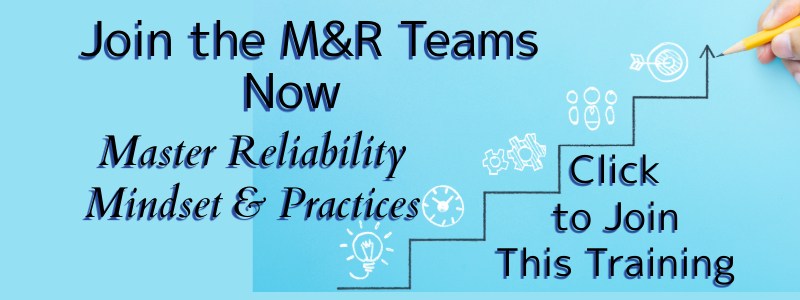
CUSTOMPRICE-TO2JAN26
What’s one step you can take today?
Change doesn’t have to be overwhelming or happen all at once. Sometimes, the most meaningful progress begins with a single small step. Think about one simple action you can take right now to move toward learning something new or embracing digital tools. It could be as easy as signing up for an online course, watching a tutorial video, or asking a friend for help with a new app. Taking that first step builds momentum, boosts your confidence, and sets you on a path of continual growth. Remember, every expert was once a beginner—today is the perfect day to start.
These questions open space for transformation. Suddenly, exploring how sensors work, or understanding digital logs, doesn’t feel intimidating—it feels empowering.
And in teams, this kind of coaching-led culture builds shared learning and adaptability.
🧭 Mentoring vs. Coaching: Why Both Matter in Maintenance
While mentoring often means sharing experience from a senior figure, coaching focuses on helping the person uncover their own answers. Both are valuable, especially in environments like maintenance where:
- Tasks are technical but often repetitive
- Digital tools are underused or misunderstood
- Team roles are blurry or overlapping
A mentor might show how to replace a faulty valve, but a coach will help you decide when and how to push for personal\system upgrades, how to handle a safety concern, or how to talk with management about needed changes.
In high-functioning teams, both roles exist—and they often overlap.
Ready to transform your mindset? Click and Get your copy > Now For Sale on Simpleways.life & Amazon
🚀 M3 Academy: A Space to Learn, Reflect, and Grow
That’s the idea behind M3 Academy—a learning space I’m gradually shaping. It’s not just about delivering content. It’s about enabling professionals to reflect, ask better questions, and lead from where they are.
Wherever you are in your maintenance career, M3 can help you:
- See yourself clearly in your role
- Grow through practice, not just theory
- Connect your work to larger business goals
- Embrace digital tools with confidence
In Conclusion,
The most effective maintenance teams are not only well-equipped—they are well-guided. Coaching is that guidance. It bridges technical and personal growth, softens resistance to change, and strengthens leadership at all levels.
If you’ve been on the fence about coaching, ask yourself: What’s the potential of growing with the right support?
You don’t have to figure it all out alone. Look around you for a coach to be your anchor—and your launchpad.
[1] 🔗 Related Articles:
Maintenance Teams Need a Rescue Anchor
A Rescue Anchor Mindset Warrants Maintenance Not to Fail
Becoming the Rescue Anchor: A Personal Challenge
[2] 🔗 Related Articles:
Self-Narrative paves the path to our new self – P6
Be Courageously Self-Aware When Life Changes Direction. P5
How to Safeguard Our Dynamic Self? P4
If you feel you need help with any of these ideas we discussed, request a Management Consultancy or Coaching Services From our Store
